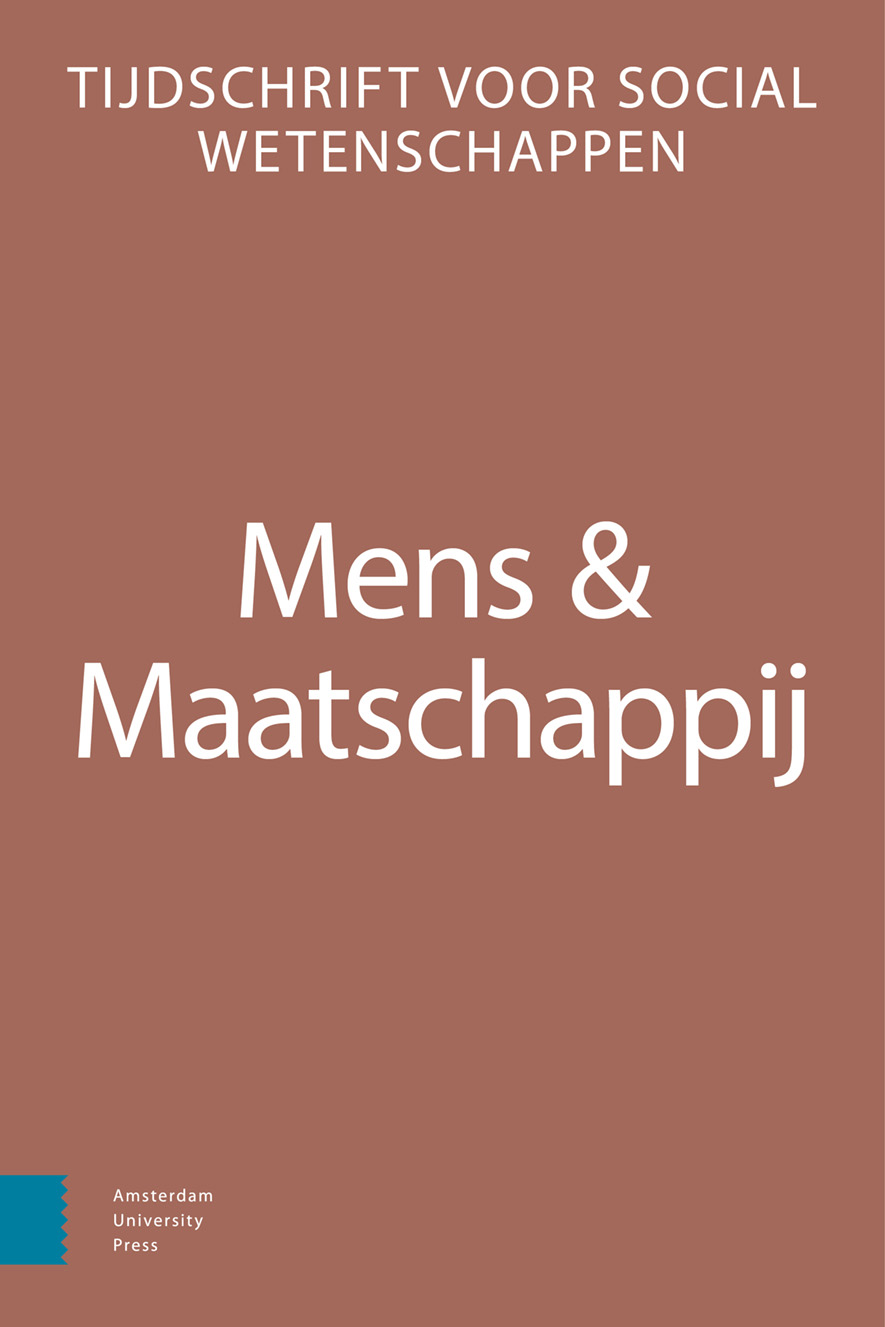-
oa Wederkerige causale relaties tussen financieel succes, (in)formeel sociaal contact en algemeen vertrouwen in Nederland
Bevindingen van cross-lagged panel modellen
- Amsterdam University Press
- Source: Mens & Maatschappij, Volume 92, Issue 3, Nov 2017, p. 205 - 231
-
- 01 Nov 2017
- Previous Article
- Table of Contents
- Next Article
Abstract
Reciprocal causal relationships between financial success, (in)formal social contact and generalized trust in the Netherlands: Findings from cross-lagged panel models
To keep functioning, society increasingly relies on generalized trust – that is, the belief that others in general will act in one’s interest. Theory states that life experiences, such as financial success and the formation of (in)formal social contact, can influence generalized trust through various processes. Likewise, trust is expected to influence financial success and social contact. This contribution uses panel data to go beyond the methodological limitations of former studies in order to provide better empirical evidence of the extent to which causal relationships exist between generalized trust and indicators of financial success and social contact and if they do exist, to what extent they are reciprocal. Using data from the Dutch NELLS panel study, two-wave cross-lagged panel models are estimated to disentangle causal relationships. Results show that for various indicators of financial success and formal social contacts, compelling empirical evidence is found for reciprocal causal relationships with generalized trust. Rather unexpectedly, informal social contacts seemed to decrease generalized trust, while the reverse causal pathway was absent.


